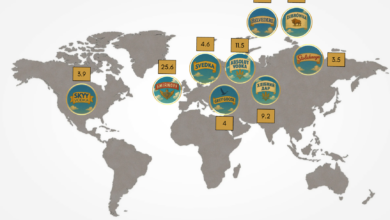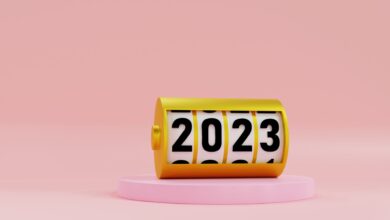How To Decide Which Debt Should You Settle First

There’s no one-for-all method to settle Debt. But there are certainly a few methods that you would like to avoid using while handling your debts. These can potentially destroy your credit score and escalate your financial situation. Hence, knowing both the right and wrong ways would help you manage your debts wisely and keep yourself out of trouble.
Finding the right way to settle debt depends entirely on your financial situation, including your income, monthly expenses, how much debt you owe, and when you need to pay off everything. We have listed some tips and methods to help you figure out how best to handle your debts.
Types of Debts
One way to deal with debts is to sort them out by type. For example, if you have both revolving and installment loans, you might first find it easier to pay off the revolving ones. Installment loans include home loans, student loans, vehicle loans, and personal loans. Revolving loans would mean credit cards, personal lines of credit, and home equity loans.
Another way to tackle this is to prioritize between payday vs. installment loans. Installment loans are easier to pay than many other loan options, mainly due to their regularly scheduled payments.
Secured vs Unsecured Debts
Collateral backs secured debts, while there’s no concept of collaterals in unsecured debts. For example, if you buy a car with a secured loan and cannot repay the amount, the lender has the right to repossess the vehicle as collateral. Hence, you might want to prioritize your secured debts over unsecured ones.
However, unsecured debts also require you to make repayments each month. Late payments can affect your credit scores pretty severely. So you will need to choose which one would hurt you more.
Debt by Interest Rates
Interest rates are an essential factor to consider while you settle your debt. You can either pay off the highest interest rate debts first or start paying off the smaller loans fully to gain momentum. It depends on how many loans you have and how much you can afford to pay at once.
However, there’s a method called the “Avalanche method” that requires you to pay off the highest interest rate loan while making minimum payments on all your other debts. It makes sense to prioritize the high-interest rate loans first or the ones that will soon be collected. But if you can, you should keep on repaying the minimum amounts on all the other loans. Doing this would keep your credit score balanced.
Balance and Terms
There’s a snowball method if you are hesitant to tackle the big loans and instead focus on the smaller ones. This method requires you to pay off your smallest debts first while making minimum payments on all the other loans. It is better when you want a bit of motivation with small victories and does not have the resources to tackle the more significant debts. Then, after paying off the smaller loans, you can use that money to pay off the more considerable debts.
Emotional Conflicts
Sometimes we borrow money from people because we need quick cash or have bad credit scores. These loans usually come with severe guilt and tension, depending on who you borrow from. If you are too embarrassed or guilty, you might want to take care of these first.
Emotional conflicts are also valid for big loans like home loans or student loans. So depending on how you are feeling about them, it’s wise to pay off such loans first to ease off some pressure.
Conclusion
There’s no precise checklist for paying off debts. Instead, many methods are available to help you decide which debts to pay off first. Of course, the eventual outcome will always depend on your income and the number of debts you owe. We hope this helps you figure out how to tackle your debts efficiently.




